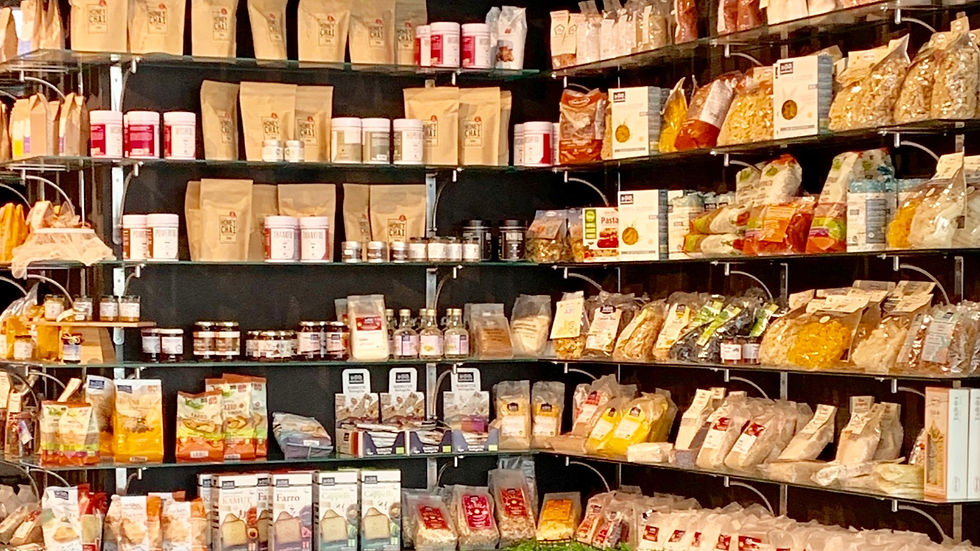FMP 01 | Literature Review I
- Tracie Yang

- 2020年8月26日
- 讀畢需時 2 分鐘
The topic of this project is about the shelf life of food. Therefore, it is necessary to understand the definition of the expiration date.

The shelf life of food involves the fields of agricultural science and microbiological science. It is usually obtained by predicting the deterioration time of food through a large number of experiments.
There are many factors that affect food spoilage. It can be caused by physical or chemical changes in the food itself, or by the activities of microorganisms growing in or on the food (McMeekin, 1996). The food transportation process, storage environment and other factors will more or less affect the deterioration time of the food (McMeekin, 1996).
As the key information of food, the expiry date only defines the life span of the food itself. The date as a piece of information can represent many meanings and can be given meanings. For example, February 14th is Valentine's Day, and December 25th is Christmas. The date itself has no meaning. When the date is linked to some memories and other messages, it can become a meaningful moment and record some precious memories.
If the shelf life is connected to special memories, the shelf life will also be given meaning. Then it will bring emotional fluctuations and generate new experiences. Using shelf life to document people's lives may be a new attempt. Linking shelf life information with moments in life creates new feelings that influence people's emotions and could bring new user experiences and new values to shelf life.
Therefore, I conducted in-depth research from two directions: the user experience of the expiry date and the way people record their lives.
Interactions between Expiry Date and People
From a daily basis aspect, there are many ways of interaction between people and expiry date.
Disposing of foods because the expiration date has passed is a habitual factor (Thompson et al., 2019).

For example, people check the shelf life of food when shopping in a supermarket. After the food is purchased and taken home, if it has been stored for a long time, the shelf life is checked to prevent the food from expiring. The food is then treated according to its shelf life, eaten in time, or thrown away after it has expired. It is common for food to be left out of date because of a forgettable expiration date. So people check the shelf life of the food over and over again to prevent it from expiring. But there are still some foods that can be ignored and need to be thrown away by the time they are viewed.
From a business perspective, the shelf life will affect the supply chain plan (Jedermann et al., 2014).
Since the shelf life is directly related to temperature changes during transportation and storage, in order to minimize losses in the supply chain, the shelf life of food will affect the delivery order of manufacturers (Hertog at al., 2014).

For example, operators will decide whether to sell strawberries immediately or resell them to customers in other provinces based on the shelf life of strawberries. This decision can reduce losses by about 10% without considering the quality of strawberries (Emond & Nicometo, 2006; Jedermann, 2008).







留言